I just went to prison for 5 months. Again. | 07
I’m a theatre-maker working behind bars. A few nights ago I led the 6th workshop of a multi-month process aimed at devising a new, 60-minute work of American theatre about the origin of American violence.
I just went to prison for 5 months. Again. | 01
I just went to prison for 5 months. Again. | 02
I just went to prison for 5 months. Again. | 03
I just went to prison for 5 months. Again. | 04
I just went to prison for 5 months. Again. | 05
I just went to prison for 5 months. Again. | 06
For the last 6 weeks I’ve been writing about my experience as a “college professor” with University Beyond Bars, a nonprofit offering college-level courses to inmates, and the opportunity to earn Associates and Bachelors degrees.
Today, I’ll document the 6th workshop held during the creation of an original piece of live theatre about American violence sourced from 21 men incarcerated at a medium security unit in Washington state. (You’ll notice that our number has gone down from 27--some of this is normal student attrition, and some of this is caused by students being put in “the box” aka solitary confinement or dealing with other restrictions to their attendance.
Every week, in addition to talking about my weekly process, I share some more information to help you get a broad picture of incarceration. However, this week, I wanted to take a moment to address an elephant in the room that is pretty much inescapable for me in this work.
I’m a young woman facilitating solo inside of men’s prisons.
I started working in prison when I was 22 in graduate school. Since then, I’ve spent the last 7 years in and out of medium and maximum security facilities through a variety of projects and classes. However, to this date, I have worked exclusively in men’s facilities.
The first thing I’m always asked is: “Do you feel safe?”
The truth is: Yes. I feel 100% safe when I’m with my students. In my own experience I have been safer in these situations than if I were bubble-wrapped. The men that I work with are fiercely protective of me in a multitude of ways: I never have to lift a finger to set or tidy the room, I am never without a glass of water, I am never without a smile. I watch men transform when they talk to me--going out of their way to be softer and gentler in their demeanor so that I will be more comfortable. My mistakes and blunders are forgiven. Everything is done so that I will feel safe in the space.
I think in some ways, me inhabiting a woman’s body, allows these students to come out of themselves and be more authentic and vulnerable than they might in the company of other men. As an acting teacher it is absolutely critical for me to create a “safe space” for people to express themselves and their emotions.
These are men who must distrust male-bodied people every day -- their very survival depends on it. I have been told that the act of bumping into and scuffing someone’s sneaker can be seen as an offense worthy of stabbing, choking, or worse behind bars. These men must live with a constant, aggressive mask. They have very little reason to be soft or open.
Because my body-suit presents the way it does, I am not seen as a threat. And, in the act of creating a safe space for me, the men wind up creating a safe space for each other as well. Last semester we wrote a charter of “rules” for operating in our space and the men now hang it on the wall during every session to remind us of the values we hold ourselves to when we operate within our class.
Also, it is really important for men behind bars to interact with women.
These are men who do not always have the best social skills (a fact that may partially be to blame for why they wound up in this situation initially). While the men I personally work with are actively educating themselves and choosing the course of rehabilitation, that is not the case for the whole prison population.
In particular, my students do not have the opportunity to interact with women. Some of them have been incarcerated for decades, and times change quickly, especially with each new wave of feminism. Last week I had an honest and frank conversation with a man in his 50’s about the gender binary, assuring him that the use of “they/them” pronouns is in fact something that “people are really doing out there”.
It is critical for these men to get to talk to, work with, and build professional relationships with the opposite sex that are rooted in mutual respect and mutual interests. It will help them stay current with the times, and if they are ever released, it will be critical for helping them rejoin society and get along.
Okay, but still, why do you do this work? Why does it matter to you?
This is the other question I get asked a lot. I actually get asked this most often by my students. They aren’t interested in following some skinny white-girl with a missionary complex and a college degree. There’s enough of those in the world, am I right? I’m in there with men who are decades older than me, and while they may have time on their hands, that doesn’t mean they want it to be wasted.
The simplest answer is simply this: I have always been deeply curious about the human condition in all of its forms.
I was not raised with money, rather I was raised to a father who never graduated the 8th grade and a mother who has 1 year of junior college under her belt. I am a first generation college student, and definitely the first person ever in my family to earn a graduate degree.
I was raised in a tiny town that is mostly famous for cattle ranching and meth production. Most kids didn’t leave after graduating high school (which I didn’t by the way). The fact that my lack of GED and diploma didn’t hold me back from earning a Masters is a testament to the defunct system that is America’s education system. Yes, I said it.
Getting out, and staying out of trouble in that small town was a miracle. While I may not have grown up in a big city, I do know what rural poverty looks like--and it can be pretty bleak. I understand the struggles of low-income communities and I know that had my life been just a little bit different I could very easily have been on the other side of the teaching experience at University Beyond Bars.
Instead, I have managed to educate myself and gain some experience with life and art-making. To me, this is a toolkit that I have collected in order to share with communities that don’t have ready access to these types of resources. I want to pay it forward, because people did that for me. The rising tide lifts all ships.
I am committed to doing something every week (if not every day) that honors the working class, the low-income, and the folks who need the help the most. That’s where I come from, and it’s who I aim to serve.
I’ve also never been interested in hearing people tell stories that aren’t their own.
I find it very rare to get an authentic account of the prison experience. When I was first presented with the opportunity to work behind bars many years ago, I was simply curious. I didn’t know as much as I wanted to, and I knew that I wanted to learn directly from the source without having to filter through opinions and thought-pieces.
Once I got to know the students and hear their ideas, I couldn’t simply walk away. People walk away from this population every day. In some ways I stumbled my way into prison, but now that I’m there I won’t simply wander back out. To me, allyship is about playing the long game and keeping on swinging--so here I am--gathering stories, teaching classes, and doing my little piece.
I’m sure I’ve f*cked things up a time or ten. I know I’ve had instances of implicit bias and naivety. I know that I sometimes blunder through an intricacy of prison politics. I apologize where I can and I remain open. There is nothing as important as being open all the time to the possibility of being wrong (especially when you’re white). I think when people know you’re open to being wrong they’re way more forgiving and apt to point out where you can do better.
I gave up a while ago on feeling “guilty” when I mess up. Instead, I just say sorry, mean it, and do the (hard) work to not mess up in the same way again. And, I make sure to say thank you to the person who had to do the awkward task of checking me. I strongly feel if we can normalize the process of giving each other kind and constructive feedback and take satisfaction in the process of continual growth, we can truly create spaces that are a joy to exist in.
So, back to class in question! Our 6th session.
As I’ve previously mentioned, I structure my time with my students into 3 primary portions: Exploration, Creation, and Rehearsal. Because we are devising a piece on violence, which is a delicate topic, we’ve spent a bit of extra time in the Exploration phase as we build an ensemble and create a safe space to open up.
This week was the first week of Creation!
Three weeks ago we created characters, and dynamic images that helped to develop scenes and inner monologues derived from those characters. Two weeks ago we performed these short pieces, and also began to do character interviews with each character resulting in a 60-second “seed scene”, featuring the original character, and somehow related to psychological, emotional, or physical violence.
One week ago we finished crafting seed scenes, self-selected into pairs to develop the “seeds” into 5-minute performances, then came back together during the last 15 minutes of class to perform the first 2 scenes. This week we picked up where we left off last week and saw the final 8 scenes perform.
A few highlights:
A stylized scene between Officer Whitey and his new, POC Partner. The two cops must patrol their beat, and in the process a hilarious and stylized display of systemic racism, implicit bias, and hypocrisy plays out before our eyes.
A scene in which a homeless war veteran with PTSD decides to sell drugs to make money and is confronted by the ghost of his long dead best friend who he lost in the war. The two fight, resulting in the veteran being at a loss to decide his next move.
After we ran through all of the scenes, we dug into Creating the final idea for our play!
First, we started with a general brainstorm of moments, ideas, concepts, phrases, and characters that have stood out from our first 6 weeks of time together. Key phrases and ideas that stood out:
The threat of violence is as powerful as physical violence itself.
Violence is “holistic”. It can be psychological, emotional, physical, or spiritual.
There is a “minority effect”. What neighborhood or background you hold determines who you think is “racist”.
Mental illness goes unaddressed and unnoticed in the prison system, and often when examining instances of violence.
Every action is a reaction.
Perception of the world and other people effects our violence.
The group loved that no matter the scene they created, there was a level of “goodness” in each character.
After we captured this large brainstorm (again, this is only some of the rich discussion we had), we then distilled the broad conversation into “axioms”.
An axiom is a short phrase, like “blood is thicker than water” that makes a clear statement and expresses a clear sentiment that can be used to inspire a scene or moment within a play.
Based on our brainstorm conversation, some of the axioms created by the men for this piece included:
Tomorrow is a dream for the hopeless.
Laugh now, cry later.
To thine own self be true.
Loyalty and Betrayal.
War ready.
We then worked collaboratively to select the one, single statement that resonated most deeply with our entire room. The selected statement was:
Tomorrow is a Dream for the Hopeless
We then began the process of actually devising our Play Structure, using this statement as the central, guiding force to help develop our narrative.
To work within these types of consensus-driven group settings I use a devising method called The Spiral Method. In this method you start with the very center of your play, identifying a key sentiment and building a scene around it at the very middle of the piece you are creating. Next, you create the moment directly before this central scene. Then, you create the moment directly after the central scene, but ensuring that it somehow reflects the prior scene, i.e. if one scene was about death, perhaps the other scene is about a birth, a wedding, or a funeral.
To continue, you simply create moments building out from the center of the play, carefully connecting them in some way to help with overall flow and arc (I promise, it works!). This method relieves the pressure to “end up somewhere”. Instead, you logically discover what happens by rooting yourself in the very heart of the story and letting that lead the conclusion.
The basic idea we began to create was this!
Our story will follow 4 characters being released due to recently changed laws. While some of them may have been on the outside relatively recently, at least 1-2 of them will have spent several decades behind bars and will be facing much higher stress on transition.
One thing we think is important as we create this story is to show a diversity of inmate experiences--we aim to humanize the people behind bars, showing them as educated, unique, living and breathing the same air as the rest of us! While the tendency might be to expect overtly, physically violent stories from prisoners writing a play about American violence, we aim to disrupt that expectation by showing the diversity of people actually spending their lives behind bars.
By the time class finished at 8:30pm we had created the central scene, as well as the beginning and ending of the piece. I am very excited by where their thoughts are going, and I’m looking forward to telling you more soon.
Next week I’ll show how this play structure breaks out on our Spiral as we finish it up! I’m very excited to see where the story goes, and hope you’ll keep reading to find out along with me.
I just went to prison for 5 months. Again. | 04
The State of the Art | Race and gender in American theatre.
What is Art and Who Defines It?

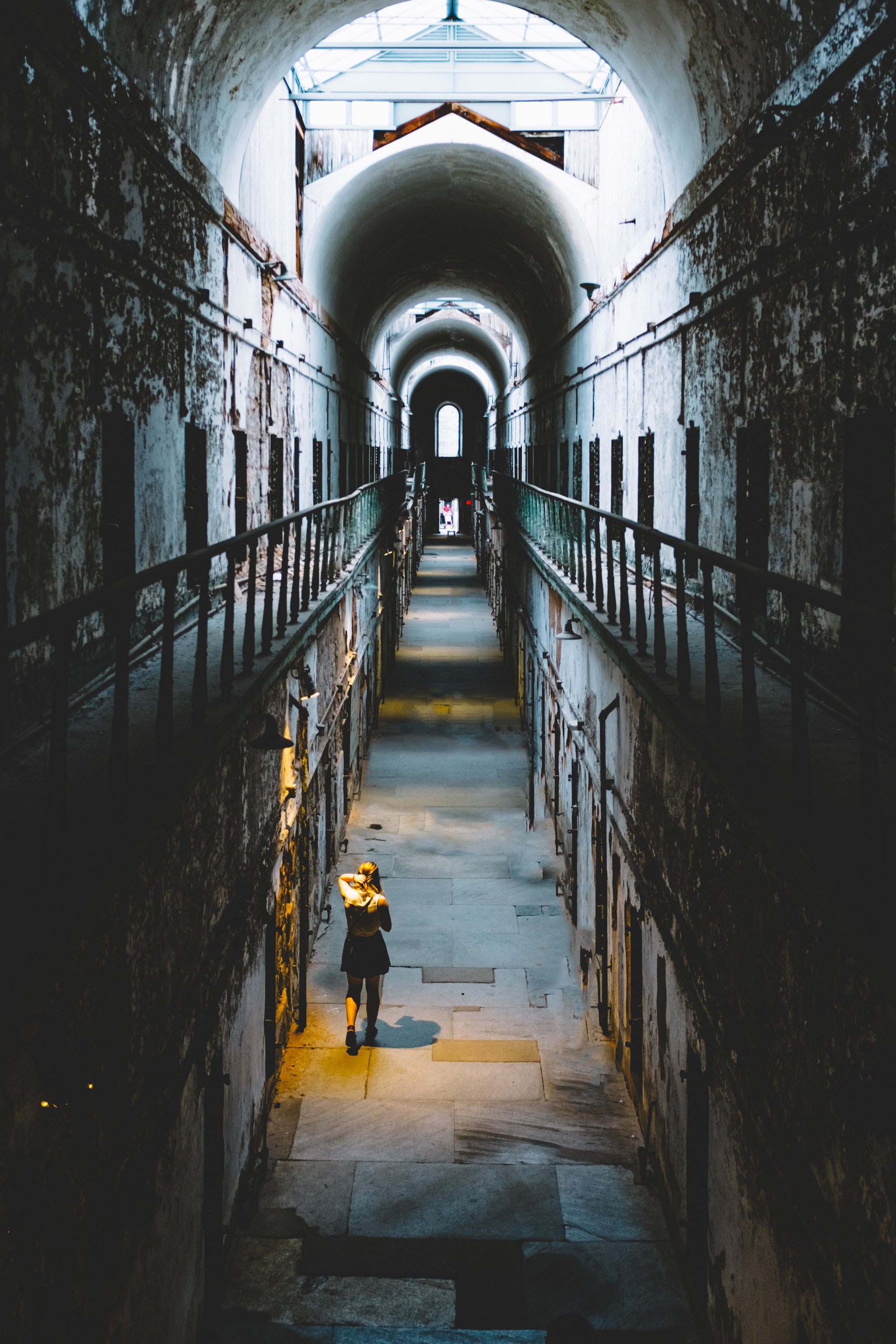
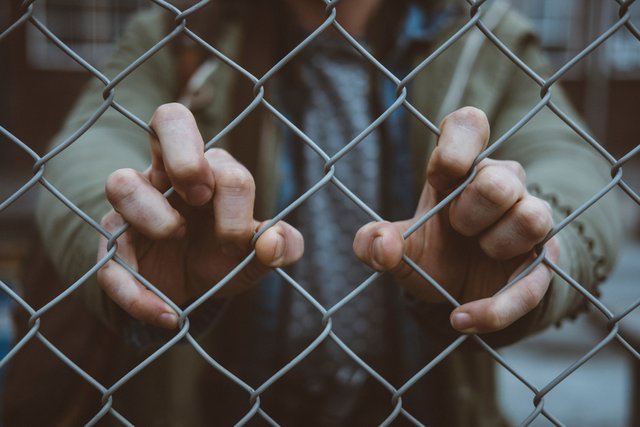

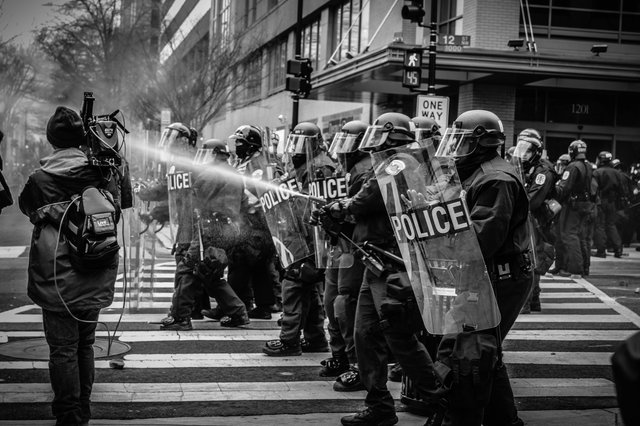
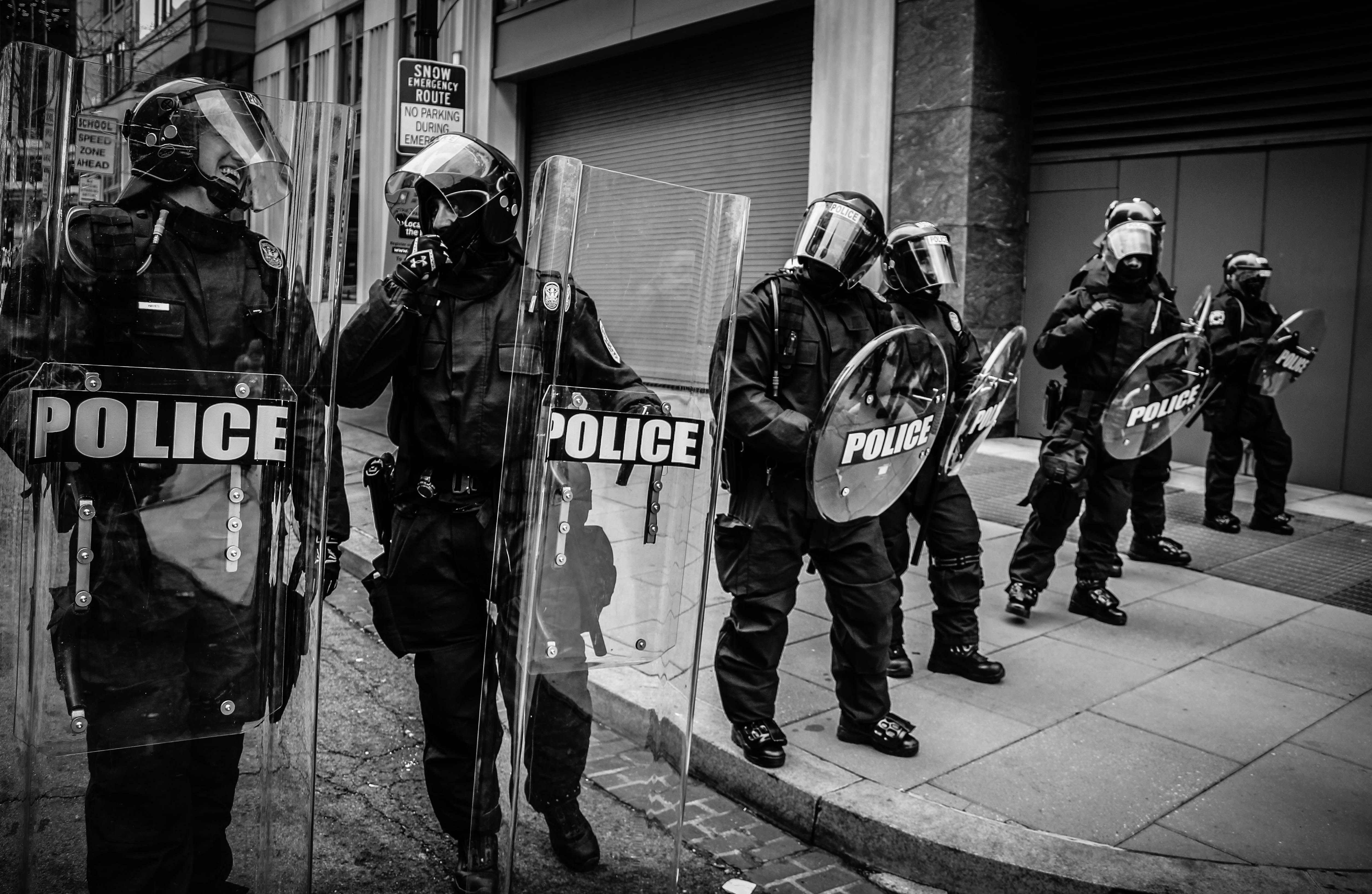
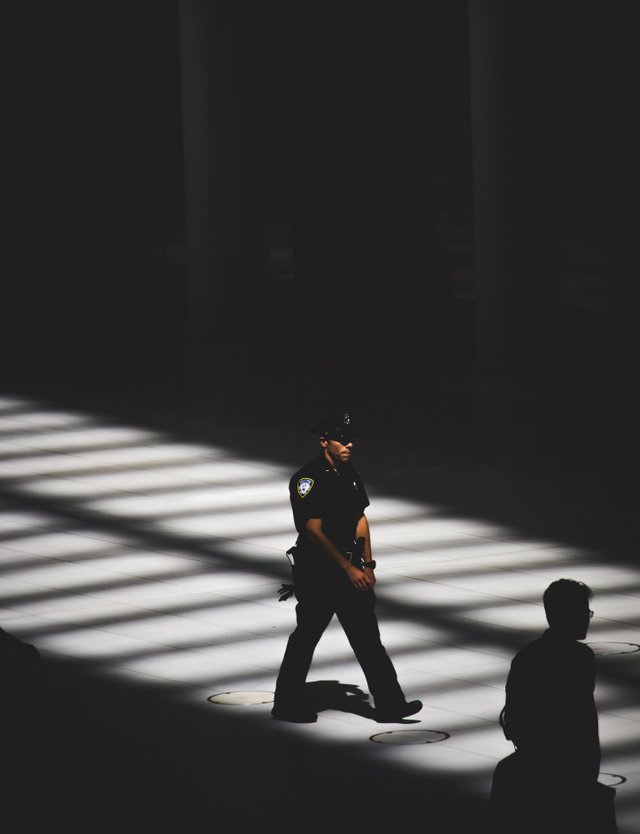


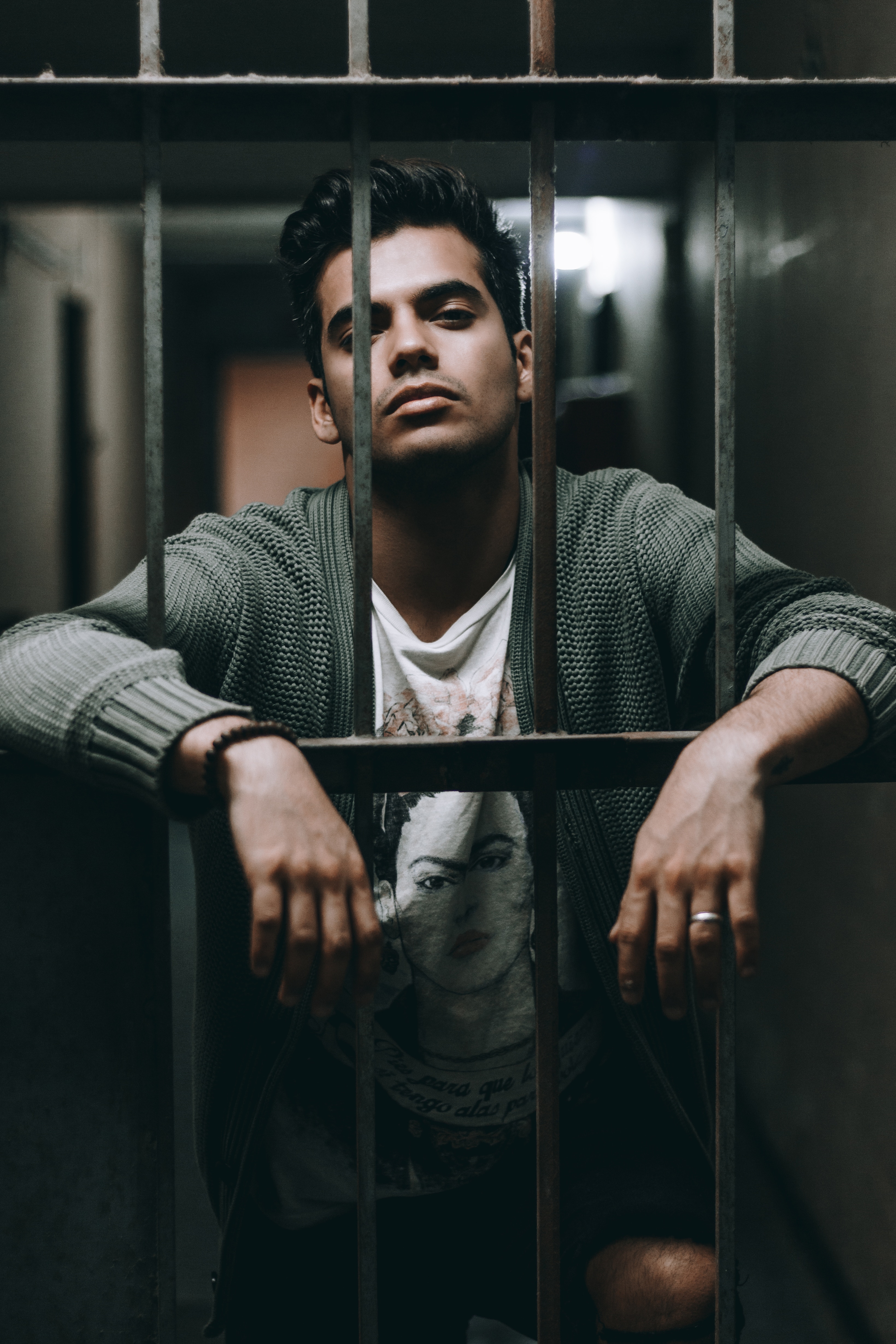



this only shows how passionate you are in your work. i salute you ma'am! 😊
Thanks so much for stopping by to check it out and support. :)
you're welcome @lilyraabe ^^)
Wow, such a great project and such wonderful photos!
Thanks for stopping by. :)
Congratulations! Your post has been selected as a daily Steemit truffle! It is listed on rank 21 of all contributions awarded today. You can find the TOP DAILY TRUFFLE PICKS HERE.
I upvoted your contribution because to my mind your post is at least 7 SBD worth and should receive 57 votes. It's now up to the lovely Steemit community to make this come true.
I am
TrufflePig, an Artificial Intelligence Bot that helps minnows and content curators using Machine Learning. If you are curious how I select content, you can find an explanation here!Have a nice day and sincerely yours,

TrufflePigThank you for doing this work!!! 💖
And thank YOU for supporting it! <3
Once again, I am absolutely smitten with what you are doing and what they are doing.
When I was in college, I spent a semester visiting boys in a boys home. It was a locked facility that was basically last stop before juvenile detention facility. I had the same experience in terms of how they treated me. They adored me, loved playing games with me, and we're always so respectful and kind.
In terms of the developing play, I'm just stunned. "Tomorrow is a Dream for the Hopeless" is absolutely beautiful and brilliant. I'm incredibly excited to see how this turns out.